How to Disable Applications on Startup Windows 10

Having a lot of apps starting up when you boot your computer slows down the process. Here's how to disable some and improve startup speed.
Windows 10 is a fast and responsive operating system. But if you have many apps set to start up when you log in, it can bog down the boot process substantially. Many apps you install will add themselves to the boot process. Let's review how to disable startup programs/apps on Windows 10 and make the boot process fast again.
How to Disable Startup Apps on Windows 10
Click the Start button and choose Settings, or you can use the keyboard shortcut Windows Key + Ito open Settings.
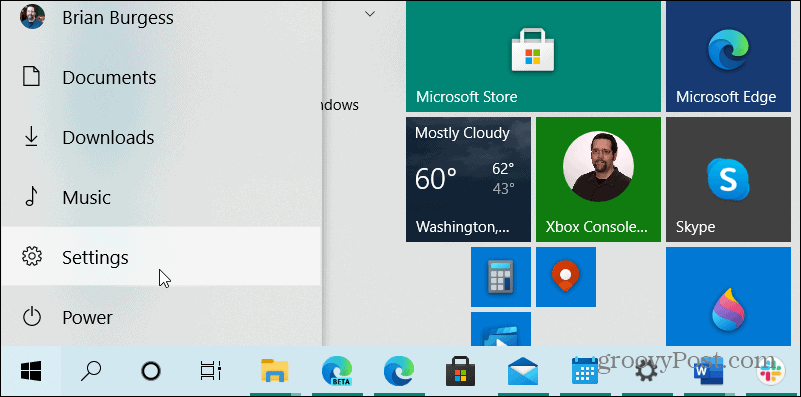
Once Settings has opened, click on Apps.
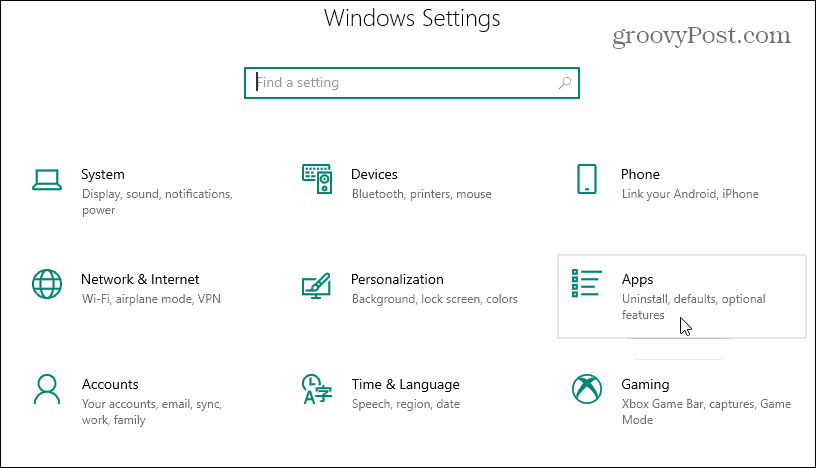
On the next screen, click on Startup in the left panel. And on the right, all of the installed apps set to startup during boot will be listed. You can scroll through the list and turn off the ones you don't want to run.
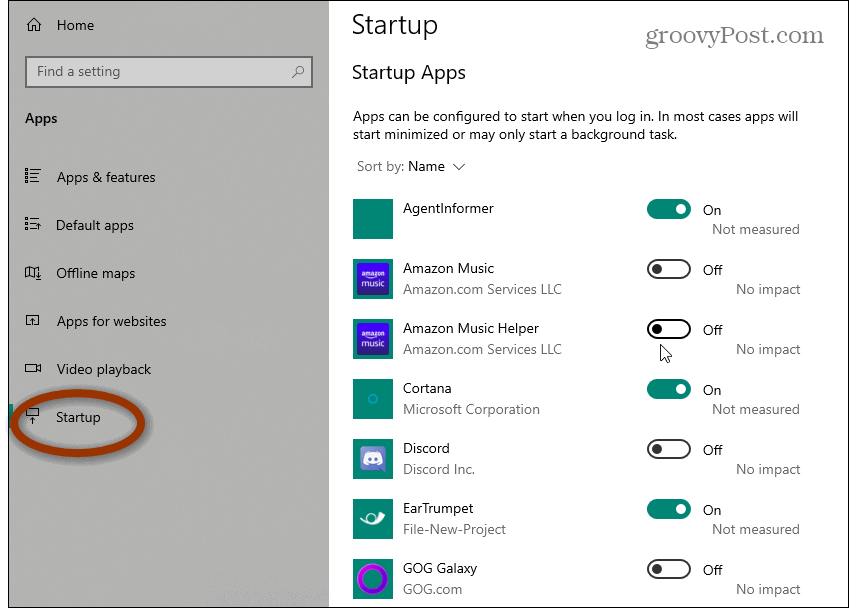
Next to each one, you will see the app's impact on the startup process. For example, here, you can see Microsoft OneDrive has a high impact. That can help you in determining which apps you allow to run or not during startup.
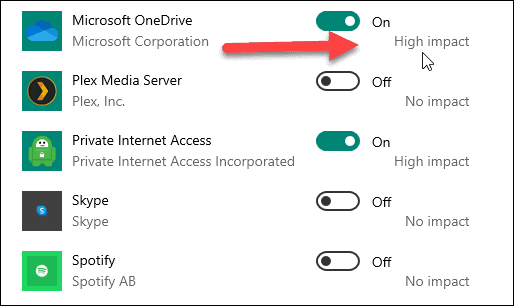
It's also worth noting that there is an option to sort apps by name, startup impact, or status.
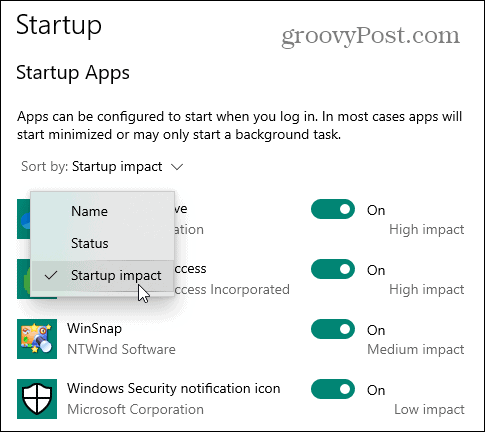
Disable Startup Apps via Task Manager
You can also use the old-school method of disabling startup apps as you can on older versions of Windows. Here are the steps:
Step 1: Right-click on an empty area on the taskbar and select Task Manager.
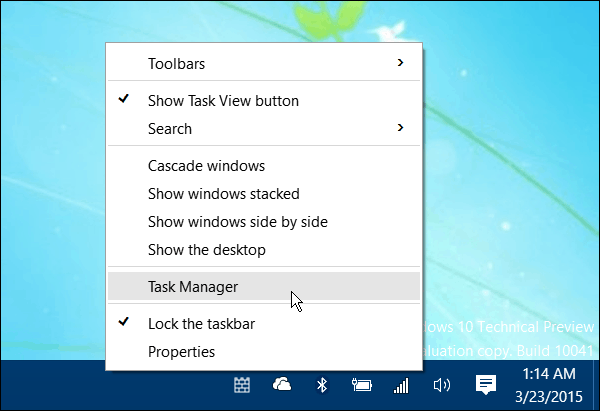
Step 2: When Task Manager comes up, click the Startup tab, and look through the list of programs and apps that are enabled to run during startup. Then to stop them from running, either highlight the app and click the Disable button or right-click on one and select Disablefrom the menu.

Task Manager in Windows 10 also provides a few more options in determining if you want to disable an app from startup or not. Like in Settings, you can sort by startup impact, name, or status; but you can also sort by publisher. And if you want to add more columns to sort by, you can right-click a column header and check what you want to add. For example, here, I added a "CPU at startup" column.
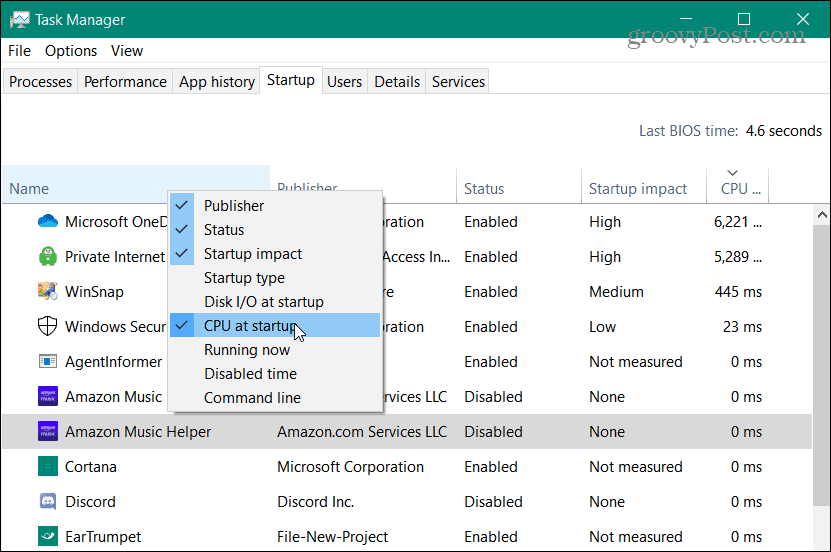
Over time you might install so many programs you forget what they're for. And Task Manager allows you to open an app's file location and properties. And if that doesn't help, you can search for the app online. Just right-click on an app and choose the information you need.

After setting up a new computer, I will disable all but a few programs. Another thing to remember after installing a new app is to see if it added itself to startup. Then you can disable it if it's something you need to access quickly. Or if you notice your PC isn't starting up as fast as it used to, this is a good place to look first. Run through the list and disable anything that isn't necessary – especially apps that have a high startup impact.
I often get the question: "Which apps need to be enabled?" and the answer is simple: None! You can disable them all, and Windows will start up normally. However, some things you want at the ready won't be. You'll need to start them up manually.
It's not a perfect science, but you can experiment and see which apps are delaying the startup process when you log in.
Not on Windows 10 yet? Check out our articles on how to disable startup programs on Windows 7 (which is no longer supported) or Windows 8.1.

How to Disable Applications on Startup Windows 10
Source: https://www.groovypost.com/howto/disable-startup-programs-windows-10/
0 Response to "How to Disable Applications on Startup Windows 10"
Post a Comment